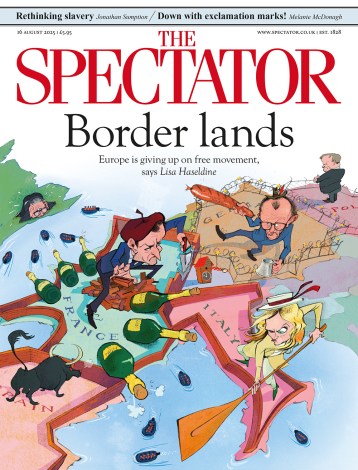How do you define art? This centuries-old question is constantly brought back to the fore, particularly at times when artists find new ways to create. It was the case with the advent of photography in the 19th century – and it is the case with art where the process is aided or fully executed by AI models today.
It displays unforgivable ignorance of the innovative and fascinating ways these artists create with the use of new technology
Last week, auction house Christie’s caused a huge stir in art circles, after announcing on social media its first auction offering works exclusively created with AI. Leading the line-up of AI artists are Refik Anadol, Claire Silver, Pindar Van Arman, and Holly Herndon and Mat Dryhurst. It is expected the works of art going on auction will raise upwards of £600,000.
What followed was an almost immediate reaction from more traditional artists in the form of a letter petitioning Christie’s to cancel the upcoming auction. With just over 3,000 signatures, the letter claims that “many of the artworks you plan to auction were created using AI models that are known to be trained on copyrighted work without a license” and that these models “and the companies behind them, exploit human artists, using their work without permission or payment to build commercial AI products that compete with them”.
There is a huge debate – and a number of lawsuits – taking place at the moment between AI companies and artists. The issue of AI and copyright is currently the subject of a UK government consultation. On the one hand, artists claim that tech companies are stealing their intellectual property by using their work when training new models and that can be commercially detrimental to them. On the other hand, tech companies claim what they do is reasonable – using images in the public domain so their systems can learn to create new content. Who knows where this debate will end up?
Investors, collectors and digital artists are split on the matter. Where it is clear for anyone who spends time in digital art circles that most appreciate art created with AI, there is a not insignificant and quite vocal opposition to it. A reluctance to accept artists who create with AI as skilled, or even as artists.
One thing is for sure: a blanket cancellation of a group of top-tier artists on account of a policy debate more suited for lawyers and regulators is hardly the way to go. If anything, it displays unforgivable ignorance of the innovative and fascinating ways these artists create with the use of new technology.
Take Refik Anadol for instance, whose acclaimed “Winds of Yawanawa” collection created in collaboration with the Yawanawa native tribe in Brazil was shown in the Serpentine and had individual pieces sell for upwards for £1 million. Anadol collected real-time environmental data from the tribe’s villages to train his AI model and generate ground-breaking art. Pindar Van Arman has been creating a reflection of his own artistic persona with his own datasets and a robotic arm fed by an algorithm that learns how to paint in feedback loops.
Duo Holly Herndon and Mat Dryhurst, who also explore the use of original datasets in their AI work, said last year: “If all media is training data, including art, let’s turn the production of training data into art instead.”
However, not all artists create their own datasets – some, like Claire Silver, use open AI models like Midjourney and GPT4. They turn prompting into an art – creating a unique visual identity with experimentation. One might ask: how is that different from collage? Or the appropriation of popular culture themes, aesthetic and others’ creations that is common in traditional art?
Prominent auction houses like Sotheby’s and Christie’s have been dabbling in the digital art scene for the past few years. Generative artists, animators, digital illustrators and AI artists are commonly seen on the listings and sell for thousands, hundreds of thousands and sometimes even millions of pounds. Dmitri Cherniak’s generative work Ringers #879, also known as “The Goose”, sold for just under £5 million in 2023. These are auctions for serious artists with serious propositions, exploring new and innovative ways to create and disrupt.
If curators, collectors and auction houses are using their discernment to elevate artists who create in more refined and non-detrimental ways, are they the right target in the mission to curtail copyright infringement? Non-AI artists opposing their work would do well to rethink their approach as they may find themselves stumbling into the wrong side of history.
It’s well-known that art thrives in controversy and resistance to the introduction of new technologies is a normal and expected part of its evolution. It was ever thus. Reflection is necessary, some balance is probably needed, but fear should not stop artists embracing new ways of creating.







Comments